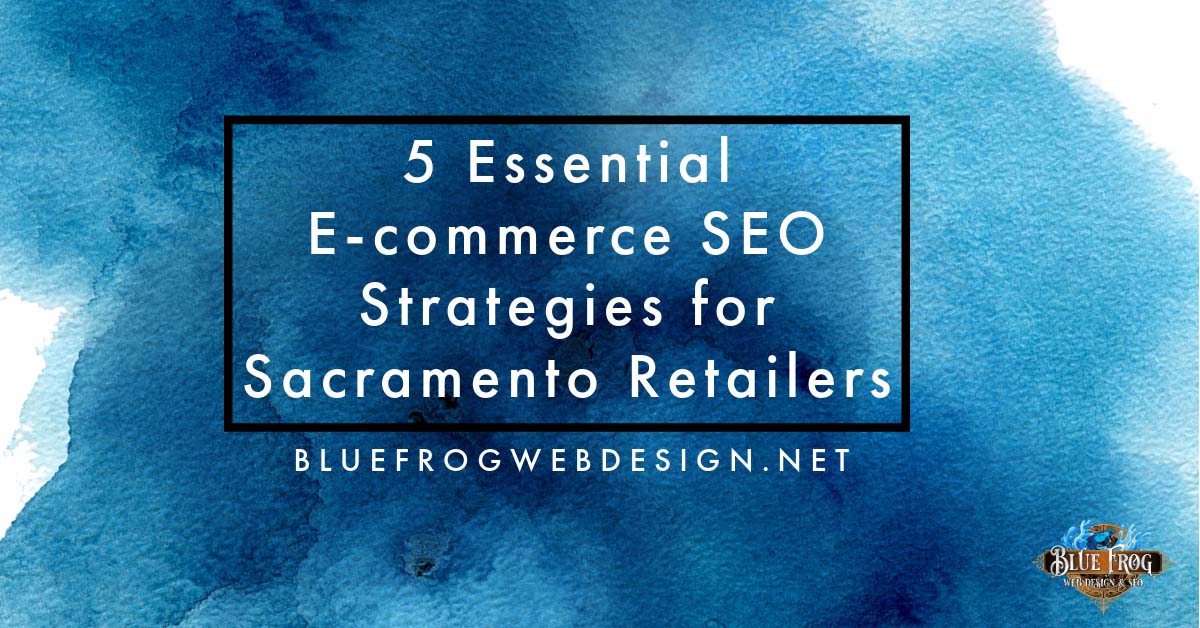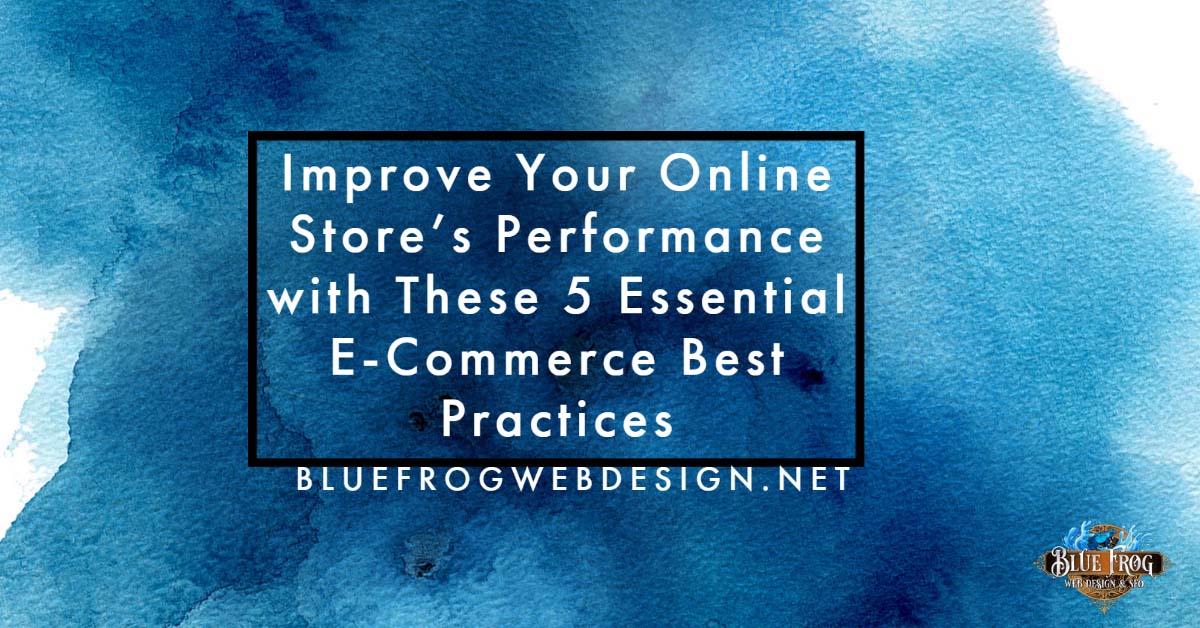
exploring the best ecommerce platforms for your online store 2
Shopify:

exploring the best ecommerce platforms for your online store 2
Shopify is a popular eCommerce platform that offers a range of features, including customizable storefronts, marketing tools, and secure payment processing. One of the main advantages of Shopify is its ease of use, which makes it a great option for beginners. However, the cost of using Shopify can add up, especially if you need to use additional apps or features. Shopify plans start at $29/month, with additional fees for payment processing and third-party apps.
WooCommerce:
WooCommerce is a free e-commerce platform that is built on WordPress. It is a highly customizable platform that offers a range of features, including inventory management, shipping options, and flexible payment processing. One of the main advantages of WooCommerce is that it is an open-source platform, which means that you have complete control over your website’s design and functionality. However, if you’re unfamiliar with WordPress, the learning curve can be steep. WooCommerce also requires web hosting and a domain name, which can add to the overall cost.
Wix:
Wix is a website builder that also offers e-commerce functionality. It is a user-friendly platform that offers a range of customizable templates and a drag-and-drop editor. Wix also offers a range of e-commerce features, including a shopping cart, product pages, and secure payment processing. However, Wix has limitations when it comes to customization and advanced features. Wix’s eCommerce plans start at $23/month, with additional fees for payment processing and third-party apps.
Big Commerce:
Big Commerce is an e-commerce platform that offers a range of features, including customizable storefronts, marketing tools, and secure payment processing. One of the main advantages of Big Commerce is its scalability, which makes it a great option for growing businesses. However, the cost of using Big Commerce can be high, especially if you need to use additional apps or features. Big Commerce plans start at $29.95/month, with additional fees for payment processing and third-party apps.
PrestaShop:
PrestaShop is a free, open-source e-commerce platform that offers a range of features, including customizable storefronts, inventory management, and secure payment processing. One of the main advantages of PrestaShop is its flexibility, which makes it a great option for businesses with unique needs. However, PrestaShop requires technical knowledge to set up and maintain, which can be a barrier for beginners. PrestaShop also requires web hosting and a domain name, which can add to the overall cost.
Squarespace:
Squarespace is a website builder that also offers e-commerce functionality. It is a user-friendly platform that offers a range of customizable templates and a drag-and-drop editor. Squarespace also offers a range of e-commerce features, including a shopping cart, product pages, and secure payment processing. However, Squarespace has limitations when it comes to customization and advanced features. Squarespace’s e-commerce plans start at $26/month, with additional fees for payment processing and third-party apps.
Adobe Commerce (formerly Magento):
Adobe Commerce is an e-commerce platform that offers a range of features, including customizable storefronts, marketing tools, and secure payment processing. Adobe Commerce is a highly customizable platform that can handle large volumes of products and orders, making it a great option for enterprise-level businesses. However, the cost of using Adobe Commerce can be high, and the platform requires technical knowledge to set up and maintain. Adobe Commerce plans start at $2,000/month, with additional fees for payment processing and third-party apps.
Choosing the right e-commerce platform for your online store can be a challenging task. Each platform has its pros and cons, and the best platform for your business will depend on your unique needs and budget. Shopify is a great option for beginners, while WooCommerce and PrestaShop offer more flexibility and customization. Wix and Squarespace are user-friendly options that offer basic e-commerce functionality, while Big Commerce and Adobe Commerce are scalable platforms that can handle large volumes of products and orders. Ultimately, the best e-commerce platform for your business will depend on your specific needs and goals.
Before making a final decision, it’s important to consider the features, pricing, and support options of each platform. Be sure to research each platform thoroughly and consider factors such as ease of use, scalability, customization options, and security features.
In addition to the platforms mentioned in this article, there are many other e-commerce platforms available, each with its own unique features and benefits. Some other popular e-commerce platforms include Volusion, 3dcart, and Square Online Store.
No matter which platform you choose, it’s important to have a solid plan in place for launching and promoting your online store. This may include developing a marketing strategy, optimizing your product listings for search engines, and offering promotions and discounts to attract customers.
In conclusion, choosing the right e-commerce platform is a crucial step in launching a successful online store. By considering the features, pricing, and support options of each platform, you can make an informed decision that will help your business thrive in the competitive world of e-commerce.






Need help with your eCommerce?
Let my team help you like we’ve helped lots of other businesses set up and run their shops.






